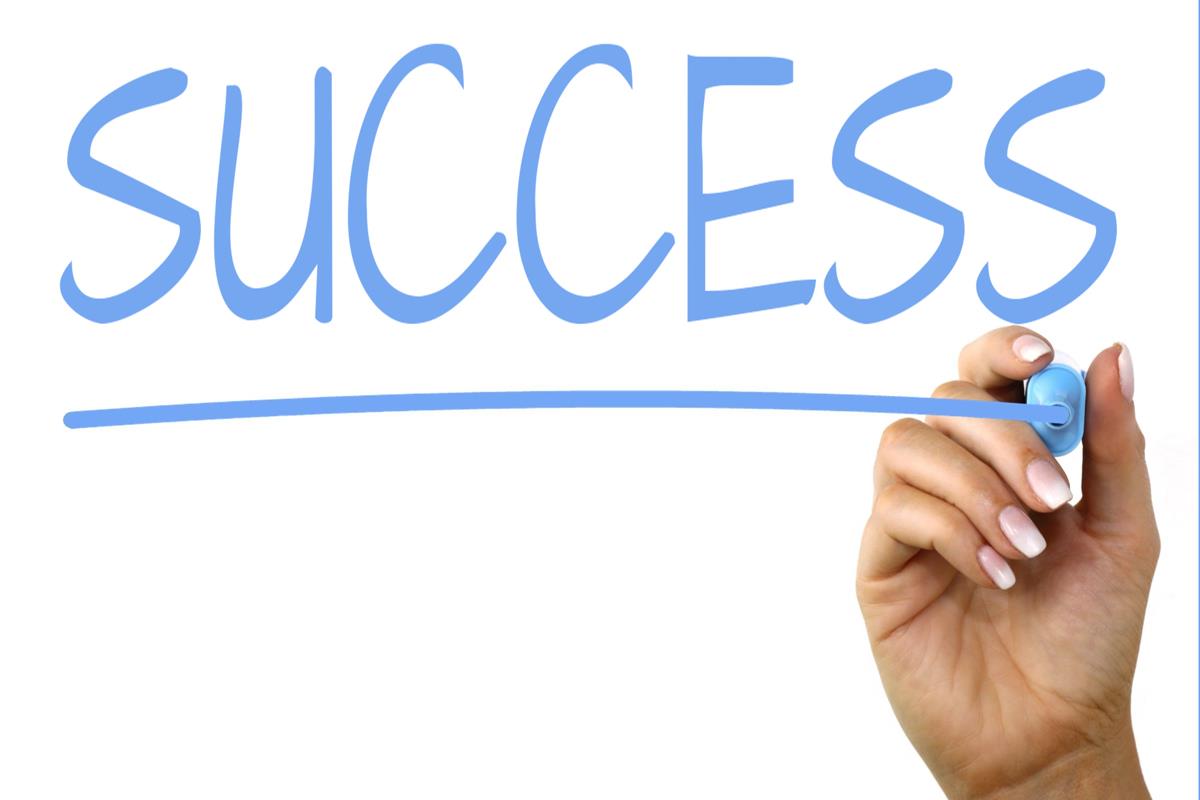Tag: special needs
-

What is “learning through success”?
Focusing on success doesn’t mean giving students empty praise. And it doesn’t mean ignoring their mistakes and lagging skills. It does mean giving them the energizing feeling of making positive forward motion. And that’s what learning is all about.
-
“What do you have against the public school system?”
It’s the sort of question homeschoolers report receiving in stores, at the Thanksgiving dinner table, while pumping gas… In this case, it was in the hot tub at my health club. He prefaced the question by explaining that public education “was sort of a family business,” with relatives working as teachers and administrators. When he…